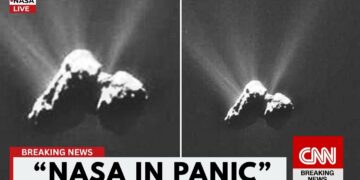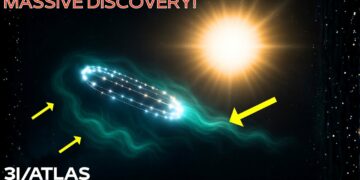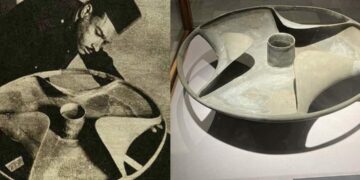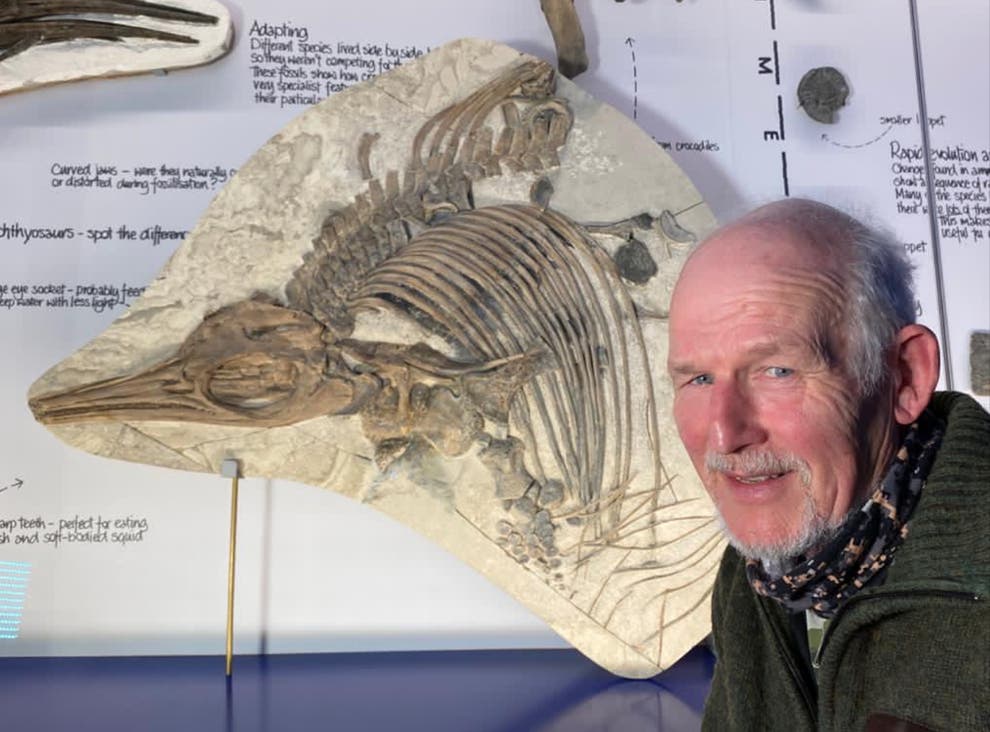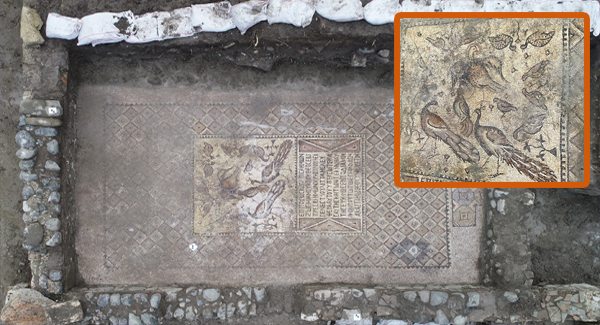It was no ordinary day for the scientific team in the Arctic. Lead scientist Peter, aged 36, spotted something extraordinary glinting in the ice but couldn’t discern its nature. Within seconds, the team rushed to retrieve the ice block for lab analysis, unaware that a long-frozen entity lay within. Peter sensed this could be the discovery of a lifetime and was eager to free it from its icy tomb. However, when he finally broke through the frozen barrier, the true scale of his find left him stunned.
Peter had enlisted colleagues from the scientist camp to assist in navigating the ice wall and uncovering what might be his greatest discovery. As the crew carefully chipped away, they neared the mysterious object. Shock rippled through the team; some retreated toward the cave’s entrance, while Peter fell to his knees, overwhelmed. What had he found? How had he stumbled upon this ice cave? And could this discovery be something the world was better off not knowing?
With Arctic ice melting rapidly over recent decades, long-hidden secrets are becoming accessible, offering opportunities for remarkable discoveries—or revelations best left untouched. Explorers worldwide seek to etch their names in history, but most fail. Peter, however, was different, and his latest mission in northern Greenland—a previously inaccessible, unexplored region now reachable due to climate change—proved it. Determined to seize this chance, Peter embarked on a grueling journey with minimal supplies.
The first weeks tested his endurance. Harsh conditions and dwindling resources made him question his choice, but he pressed on. After weeks of isolation, he reached a vast ice plain and noticed an unusual rock formation—his last hope for a breakthrough. As he approached, a breeze from holes between the rocks piqued his curiosity. Removing a heavy stone, he uncovered a sloping hole. Despite the risks of exploring alone, Peter descended into a narrow, icy tunnel that widened as he progressed, the entrance shrinking to a distant speck of light.
Deep within, Peter encountered a unique ice wall with a dark silhouette behind it. His mind raced with possibilities—could it be a creature, an artifact, or something else? Recognizing the need for caution, he decided to seek help rather than proceed alone. Before leaving, he mapped the cave to ensure he could return. The uphill climb back to the surface was arduous, and by the time he emerged, darkness had fallen. Setting up camp, Peter planned to hike two days to the nearest village to recruit help.
That night, he dreamed of the silhouette—perhaps a new species, an ancient human creation, or even, absurdly, Bigfoot. Sleep eluded him, but at dawn, he set off, using landmarks and a rough digital map to guide him. In the village, Peter quickly gathered a team, offering payment but revealing little about the find, describing it only as something to dig from the ice. The locals, eager for quick cash, asked few questions. Supplies, tools, and snow scooters drained Peter’s funds, but he was willing to go into debt for a discovery he believed would cement his legacy.
Returning to the cave proved challenging. A recent snowstorm had buried landmarks and the entrance. Desperate, Peter feared failure until a helper’s stick pierced a snow-covered hole—the cave’s entrance. Heart pounding, Peter led the team down the slippery tunnel, urging caution to avoid injuries. Inside, the cave was as he remembered. He raced to the ice wall, the silhouette unchanged. The helpers, unaware of what they faced, grew excited at the prospect of a historic find.
The team worked meticulously, speculating about the possibilities—a creature, an artifact, anything. The thick ice slowed progress, and doubts arose about their equipment. Then, a worker struck the ice too hard, triggering rumbles and cracks. Fearing collapse, some fled, but Peter stood frozen. Moments later, the ice wall shattered, revealing not a creature but a stone wall adorned with ancient, human-like drawings.
Disappointed yet intrigued, Peter realized the silhouette was a thick, dark drawing visible through the clear ice. The exposed wall revealed more—caveman-like depictions of hunting, people, and fire. Though not the creature he’d hoped for, these drawings could be a significant find, proving human presence in the region. Peter knew he had to share the discovery with the world.
In the following months, experts flocked to the site, which was soon protected to restrict access. Peter’s discovery, though costly in time, money, and effort, earned him a place in history. Credited as the find’s discoverer, his name was forever etched in the annals of science. While it didn’t bring riches, the recognition was his true reward, marking the crowning achievement of his career.


